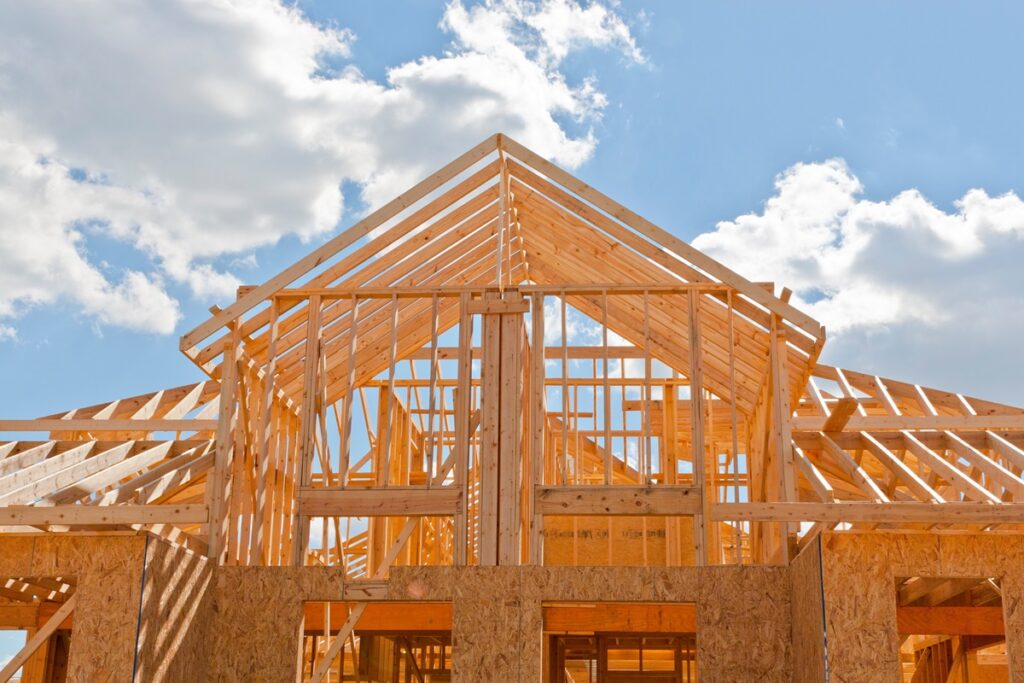Spring begins the annual homebuying season, with more listings than any other time of year. Both housing supply and demand rise in the spring and summer, as buyers and sellers take advantage of favorable weather, school schedules, and holidays. First American’s analysis of recent regional construction trends suggests the degree to which the spring market will be a boom or a bust will be influenced by recent homebuilding trends.
Housing supply shortages continue to pose a challenge nationwide, with first-time buyers facing affordability constraints and limited inventory while existing homeowners struggle to find a suitable upgrade from their current home.
With existing-home sales near their lowest level since the late 1990s, home buyers nationwide will likely continue to face limited availability. This impedes first-time homebuyers trying to jump into the market, and also hurts existing homeowners looking to upgrade or downsize. And with elevated mortgage rates and affordability challenges, many potential buyers won’t be able to afford a home even if they find one, keeping a lid on market normalization.
Homebuilders have been trying to narrow the inventory gap, especially in certain markets where buyers will have more opportunities to find affordable options. The U.S. Census Bureau tracked nearly 1.5 million building permits issued for privately-owned housing units in 2024, including single-family homes and multi-unit properties like duplexes and triplexes. Over half of those permits (53%, equaling 803,000 units) were in the South, more than double the number issued in any other Census region.
The scatterplot below of the top 50 markets is divided into four quadrants, with the y-axis representing the number of housing permits (per 1,000 households) and the x-axis representing annual home sale price growth. The chart suggests a strong inverse correlation between the number of permits issued in a market and home prices—as the construction of new homes increases (relative to the size of the housing market), there is more downward pressure on home prices. New residential construction increases housing affordability by expanding the housing supply in local markets, increasing available inventory, and slowing down the pace of house price appreciation, if not outright reversing it.
The quadrants are determined by the median values for each series across all markets. In 2024, half of the top 50 markets issued at least 9.3 new residential construction permits per 1,000 households (top two quadrants), and sales prices increased by no more than 2.8 percent from January 2024 to January 2025 (left two quadrants). Sixteen markets outperformed their peers in both construction activity and pricing (top left quadrant), with 10 of these markets located in the South Census region. For example, Tampa authorized approximately 16 new housing units per 1,000 households, and home prices declined by 3.8 percent annually—the steepest drop in the U.S. By contrast, Pittsburgh issued approximately a third of that (5.4 units per 1,000 households) and home prices surged by 10.0 percent year over year.
Ten of the top 16 markets with the highest supply growth are located in the South, where proportional increases, relative to the size of the local market, have been more significant. Supply-side factors such as abundant land and favorable zoning regulations have driven a surge in homebuilding in these markets, while demand-side factors (e.g., lower living costs and relatively more affordable housing options) will continue to attract new residents to these regions and further encourage additional construction—a cycle we can only hope will grow in other regions.
Click here for more on First American’s analysis of home construction and the spring homebuying season.






